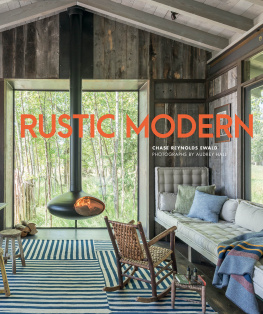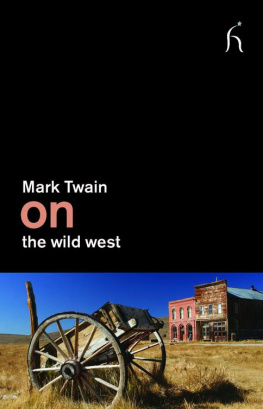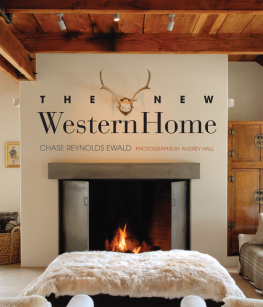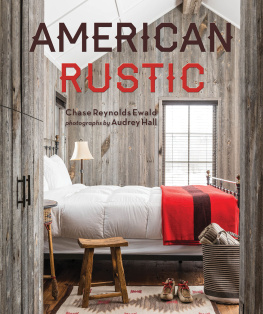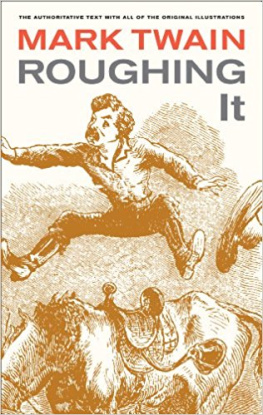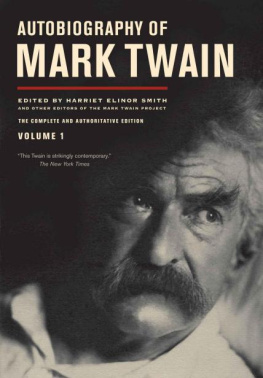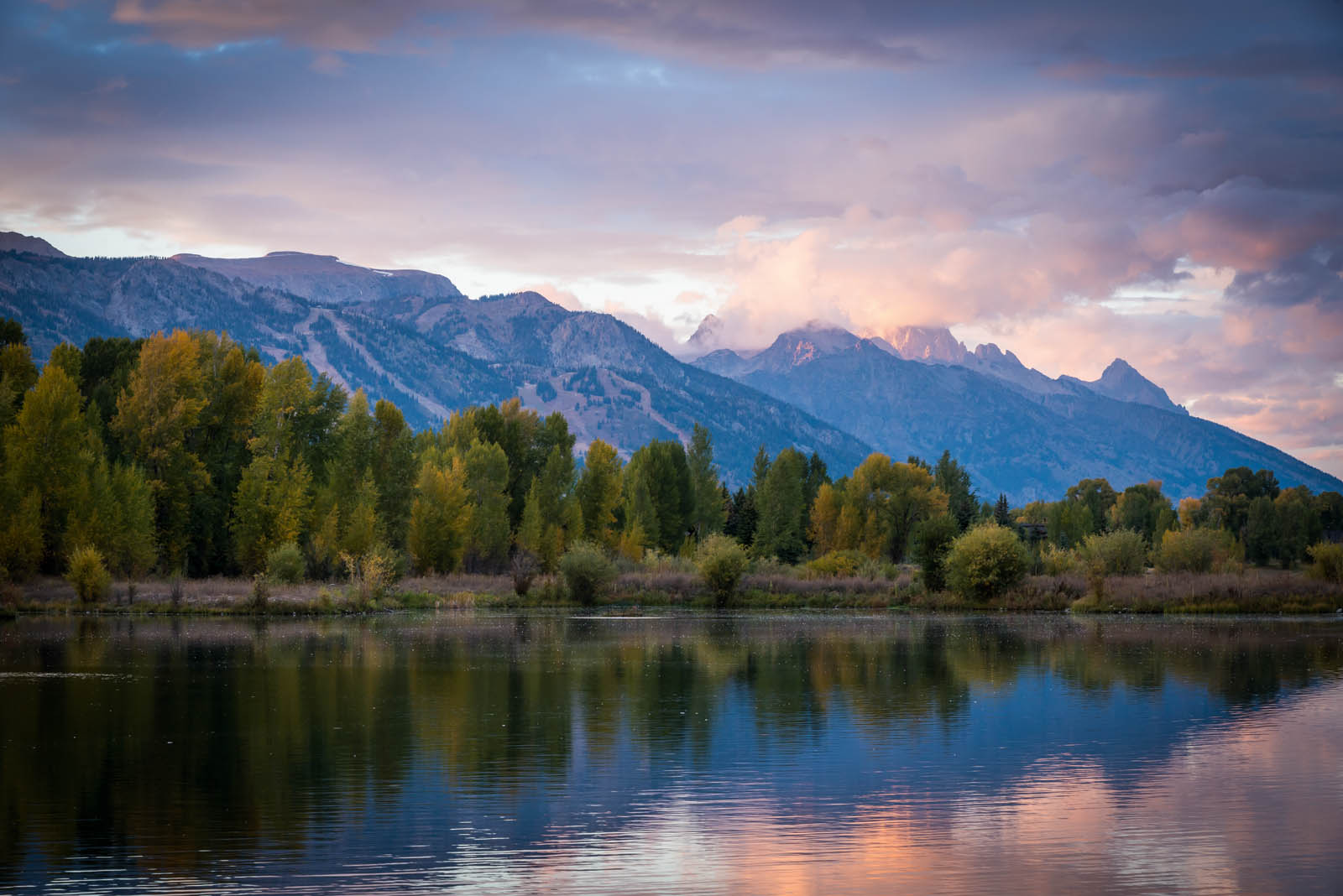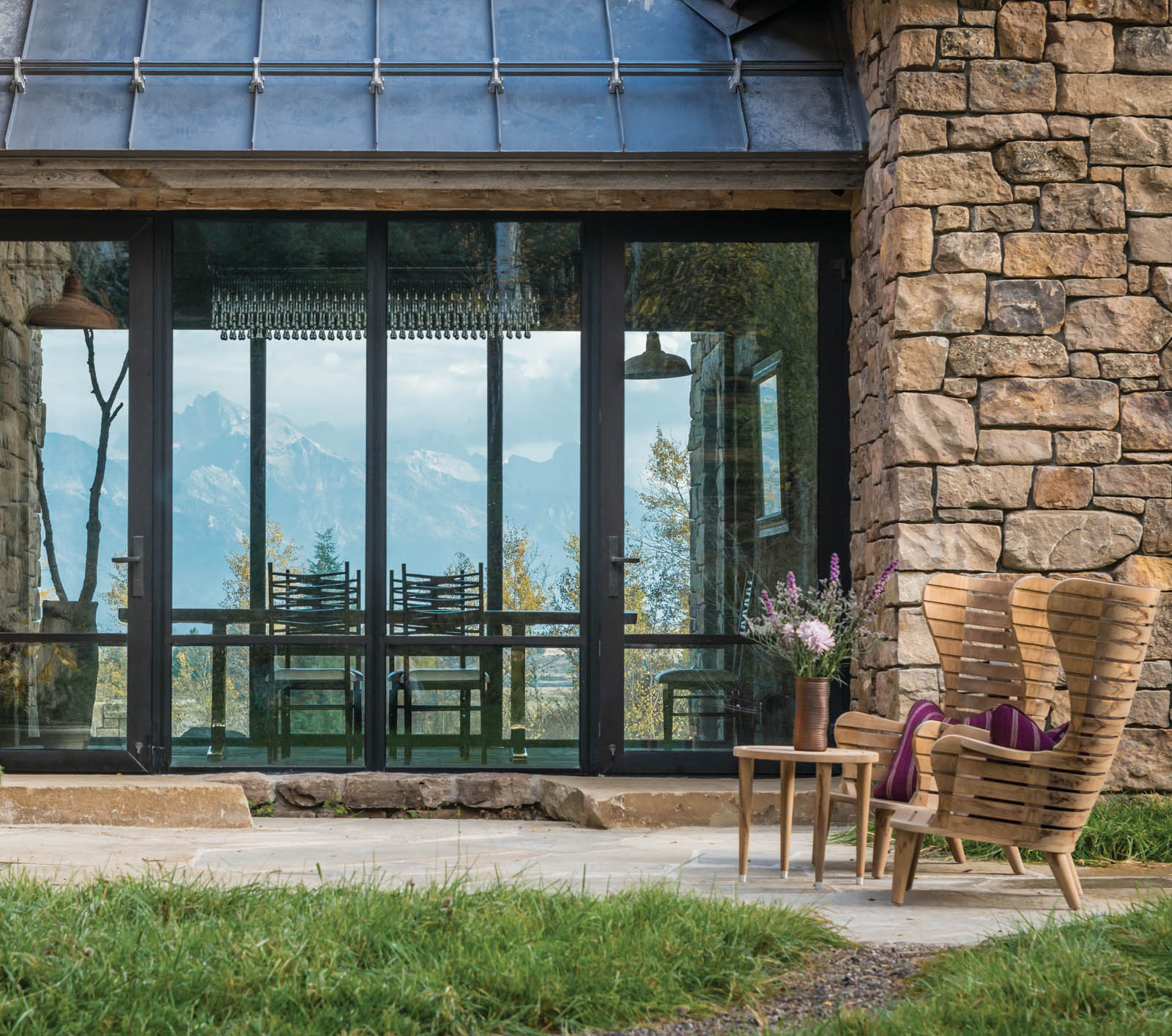Introduction
Rustic design beginsalwayswith the land. It is a response to it, it is an expression inspired by it, and it blends, practically and aesthetically, into its environment. Modern design seeks to express a current vision, a contemporary aesthetic. It shuns tradition for its own sake, avoiding nostalgic nods to the past, and it often stands out. In its energy, it conveys a certain optimism.
The new rustic modern design movement represents a harmonious and incredibly livable merging of two seemingly contradictory aesthetics. And it does so in a way that honors local tradition, regional vernacular, and sanctity of place while finding a fresh means of expression that looks to the future.
At its core, rustic modern is a response to the natural environment. It echoes organic materials and forms, and it is in constant dialogue with its surroundings. Fundamentally its modernist leanings are characterized by a metaphorical opening up displayed in lighter, cleaner, brighter interiors and, crucially, a more active engagement with the outdoors. But its modernist sensibilities are expressed in a voice that is textured and organic. Where rustic design traditionally has been about cave-like refuges (the log cabin with the overhanging eaves, the stone building with the small square windows, the hyper-vigilant focus on the hearth), rustic modern design displays an eagerness to engage with the world. Even in cases where the built environment takes the form of a retreat, its occupants are not retreating from the world but celebrating it. They may seek refuge from their worldly caresrustic design inherently pursues this goalbut they are never closed off. There are no shut-ins in the rustic modern aesthetic.

The architecture of the rustic modern movement collaborates with the landscape; they are partners. It boldly employs materials that combine the organic with the cutting edge; it celebrates interiors that are clean, unfussy, and uncluttered; and it revels in transitions between indoors and out that seamlessly blend the two. Windows are key in the new rustic modern. Those who love the landscapewhose spirits soar at the sight of the mountains, or are soothed by the still waters of a lake in the early morning light, or who thrill to the sight of breeching whales and breaking surfwant to maintain that connection always. The rustic modern home is not the place where one shuts the door and turns ones back to the elements. It is a vantage pointalbeit a comfortable onefrom which to engage in the elements.
Architecture does contribute so much to sense of place. It cant just be nostalgic, though. It has to have some honesty in the twenty-first century. But it can still have that truth within a romantic context.
Paul Bertelli, JLF Design Build
This new approach to living in spectacular natural settings is finding a voice throughout the countrys most beautiful and hallowed landscapes. Perhaps the greatest concentration of its practitioners may be in the Greater Yellowstone region, where talented designers, quality craftsmen, and clients with a sophisticated eye and love for the land come together in the shadow of some of the most stunning landscapes in the world. The best practitioners of this new aestheticfrom architects and designers to carpenters, stonemasons, blacksmiths, and furniture makersare artists. The landowners who commit with intention to the process recognize this and bring their own passion to the projects. The result is architecture that is both soulful and exciting. It is grounded yet fresh, creative, and originalrespectful of the land and regional styles yet poised on the edge of an ever-changing landscape of technological innovation. It honors and celebrates traditional crafts and techniques while embracing new efficiencies and methods. It is this fearless blending of both that defines rustic modern.
The homes can be highly engineered, employing state-of-the-art technologies in efficiency. They can be spare of line and free from unnecessary adornment. What they are not is modern for the sake of modern; there is no glass cube on an un-treed ski hill in these pages. There is instead a rebuilt midcentury A-frame house with glass end walls nestled on a promontory 600 feet above the crashing surf in one of the most iconic spots in the world; there is a twenty-first century farmhouse that references Montanas agricultural heritage but is reimagined for today; there is a mod and modest home which delights in surprises like bold color combinations and a climbing wall for access to its roof; and there is a diminutive home and guesthouse on an enormous conservation parcelthe structures were built to respect the sanctity of a landscape that sings with wildlife, old-growth live oaks, granite boulder gardens, natural springs, and ancient petroglyphs.
A contemporary adobe works within the design strictures of Santa Fe but asserts a strikingly current outlook, designed as it is around a significant collection of abstract Southwestern art. Three homes in Jackson Holeall combining steel, glass, and reclaimed wood and making the most of the Teton views, while expressing very different interpretationsfully deliver on the promise of the new aesthetic.
A lakeside camp built by a leading architect and designed by him as his own personal retreat perfectly articulates the new vision of rustic modern; it reads rustic on first glance, but conveys a modernist sensibility in its details and in its outlook. There, as in all the highest expressions of the new rustic modern aesthetic, the structures are born of and tied to the land. They celebrate rather than domineer the site. They engage in constant dialogue with nature. There is no dynamic tension in the new rustic modern. Instead, there is an interplay.
Intentional
Minimalism
I n a modern house with a minimalist aesthetic, its crucial that every choice, from materials to furnishings, be made with care and intention. This intentionality, when it governs the process from start to finishfrom the crucial and lengthy pre-construction phase all the way through to the placement of the last art pieceswill be immediately apparent in the finished work. Then there is nothing loud, no one thing specifically demanding attention, even though the house may boast dramatic views, original expressions, and showstopping art. There is, rather, a suitability to site, an orchestrated sense of arrival, a beauty of line, a flow of movement, and a marrying together of all elements. When it works, the result is transcendent.

